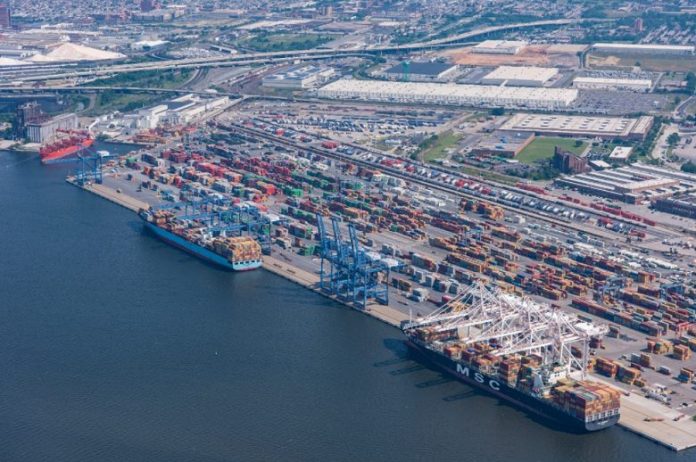Crews are tackling the monumental task of clearing debris from the collapsed Francis Scott Key Bridge in Baltimore. This initial step holds immense significance, not just for recovering missing victims, but for reviving the lifeblood of the city – its port. The economic impact of the bridge collapse is far-reaching, and reopening the port, even partially, is critical to stemming the financial bleeding.
The urgency to reopen the port stems from its vital role in the regional and national economy. The Port of Baltimore stands as one of the busiest in the US, handling a significant portion of car and farm equipment imports. It directly employs over 15,000 workers and indirectly supports nearly 140,000 jobs.
Governor Wes Moore aptly described the situation as “not just a Baltimore catastrophe, but a national economic catastrophe as well.”
The creation of a temporary channel in the Patapsco River offers a glimmer of hope. This channel, once operational, will allow some limited commercial vessel traffic to resume. While not a full solution, it will ease the economic burden by enabling the movement of essential goods. This initial success would mark a crucial first step on the long road to restoring the port to its full capacity.
Rebuilding the bridge and ensuring the smooth flow of commerce will require a multi-pronged approach, prioritizing both safety and swift action. The economic impact is undeniable, and the race to reopen the port is a race to mitigate the damage and get Baltimore’s economic engine running again.








































